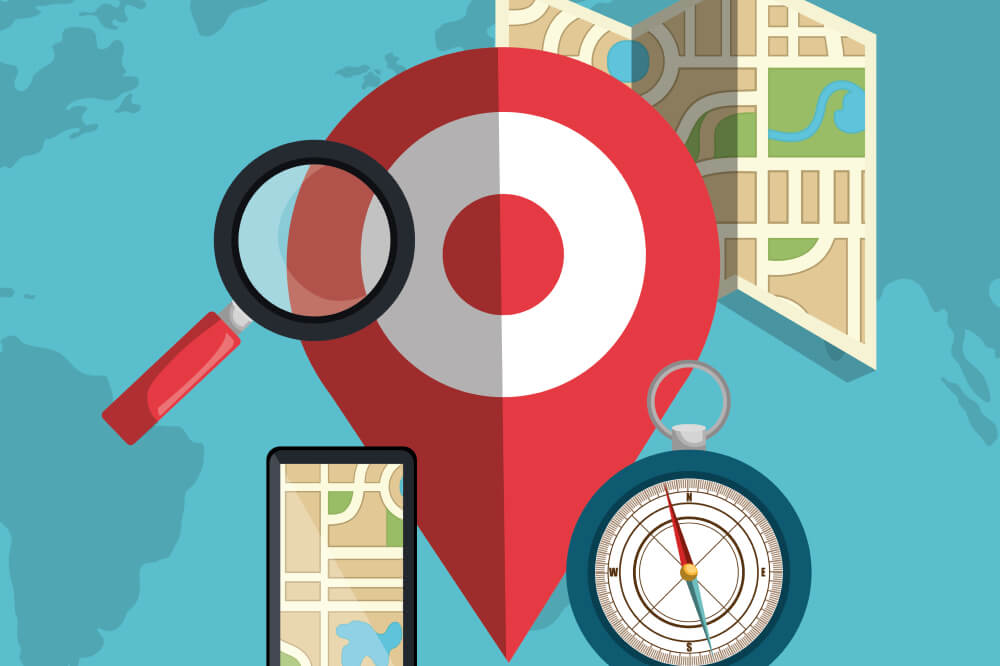A Guide Elaborating On the Methods of Website Penalty Recovery.

Search engine traffic is critical for most online businesses, but getting top Google results is no longer as simple as it once was. As a result, many SEOs and marketers are pushing link-building to its limits. As a result, several websites have been penalized by Google for breaking their criteria. If you notice a sudden decrease in traffic, you must investigate the source and causes of it. You can be penalized in one of two ways.
The first is a manual action taken by Google’s spam team, and the second is a penalty imposed by Google’s algorithm. We shall discuss Google Penalty Recovery in a simplified way.
- Manual action – Check Google Webmaster Tools to see if you have any new notifications to see if your website has been punished by a manual action. If you have not received any GWT warning messages, look into the cause of your traffic decline.
- Algorithmic penalty – To figure out what kind of algorithmic penalty your website has, match the period when you lost visitors to the date when a fresh algorithmic update was released. Check Google’s Algorithm Change History for more information on this.
Inferior quality backlinks to your site
Your website may be penalized if it has a lot of low-quality links. Backlinks of this nature can pose a danger to your search engine rankings:
- Google-banned or sanctioned websites – You will have to remove backlinks from websites that do not follow Google’s standards. It is simple to see if a website has been de-indexed by Google. They are usually of poor quality, and you should avoid linking to them.
- Websites not related to your area of expertise – Relevancy is extremely important to Google. Having links from sites that are unrelated to yours can raise an eyebrow. It would make no sense to have connections from a fishing website if you own an online baby store, for example.
- Fake comments and forum profiles – Google, like everyone else, despises spammers. Your website will be punished if you leave comments or forum posts only to put a link.
- Websites with sparse content – Low-quality backlinks from directories and social bookmarking sites.Backlinks from sidebars, footers, and widgets should be avoided if possible.
- Advertisements – Google disapproves of paid material that passes PageRank.Use a no-follow attribute for your links if you want to market your services on a blog to protect your rankings.CSS should not be used to conceal text or links from users.
Adult or gambling websites may provide links to your site.Cloaking, deceptive redirection, doorway pages, hacking, link schemes, automatically created material, and unrelated content and keywords are some of the other links and methods that Google considers to violate their criteria.
Find all of your backlinks
Website Penalty Recovery begin by going to Google Webmaster Tools and downloading all of the backlinks that Google has identified. Select‘Links to Your Site’ from the left menu under ‘Search Traffic.’ Click ‘More’ to see all of the hyperlinks from the section ‘Who links the most.’ Click ‘Download’the newest links to export all of your backlinks at once. You can now import all of your backlinks from Google Webmaster into your preferred SEO tool and get more SEO stats and insights for your links. You are free to use any tool you are comfortable with. However, you should avoid employing programs that claim to automatically detect low-quality backlinks because you may end up disavowing some of your greatest backlinks.
It is possible to get rid of a Google penalty, whether you have a lot of bad backlinks or someone has employed negative SEO against you. Understanding what triggered a Google penalty is critical to its removal. As a result, reading Google’s Webmaster Guidelines is essential for Google Penalty Recovery.





